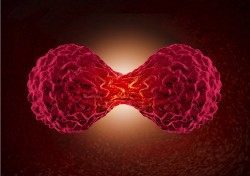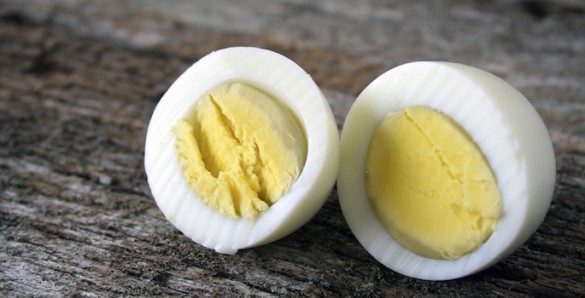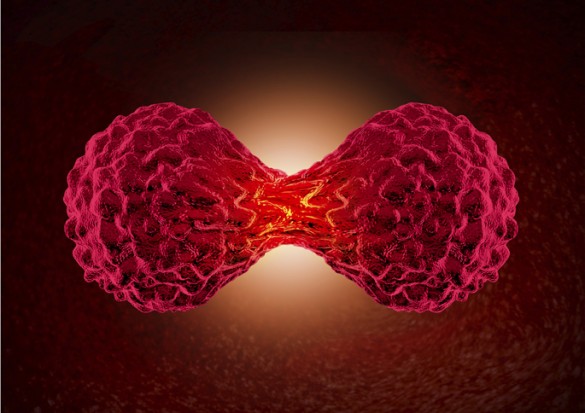by Sanjay Mishra

The final step of cell division is termed cytokinesis, a process that separates one cell into two. Cytokinesis is linked to events underlying cancer and the development of diverse cell types in the human body.
The cytoskeleton, networks of filamentous proteins, is key for cytokinesis. Microtubules form a barrel-shaped array called the spindle midzone, which prevents backwards movement of chromosomes towards the cell equator. Actin and myosin comprise the cleavage furrow, which provides the muscle to drive cell separation.
In a study published in the March issue of Current Biology, Puck Ohi, Ph.D. and graduate student Jennifer Landino demonstrate that the cleavage furrow communicates with the midzone.
They show that furrow ingression promotes midzone stabilization through Aurora B, the catalytic subunit of the chromosomal passenger complex (CPC), and that a CPC scaffolding protein, INCENP, binds actin.
The authors suggest that the actin and microtubule cytoskeletons are coordinated during cytokinesis and that the CPC is an integral part of this coupling mechanism.
This research was supported by the National Institutes of Health (grant GM086610).
Send suggestions for articles to highlight in Aliquots and any other feedback about the column to aliquots@vanderbilt.edu















